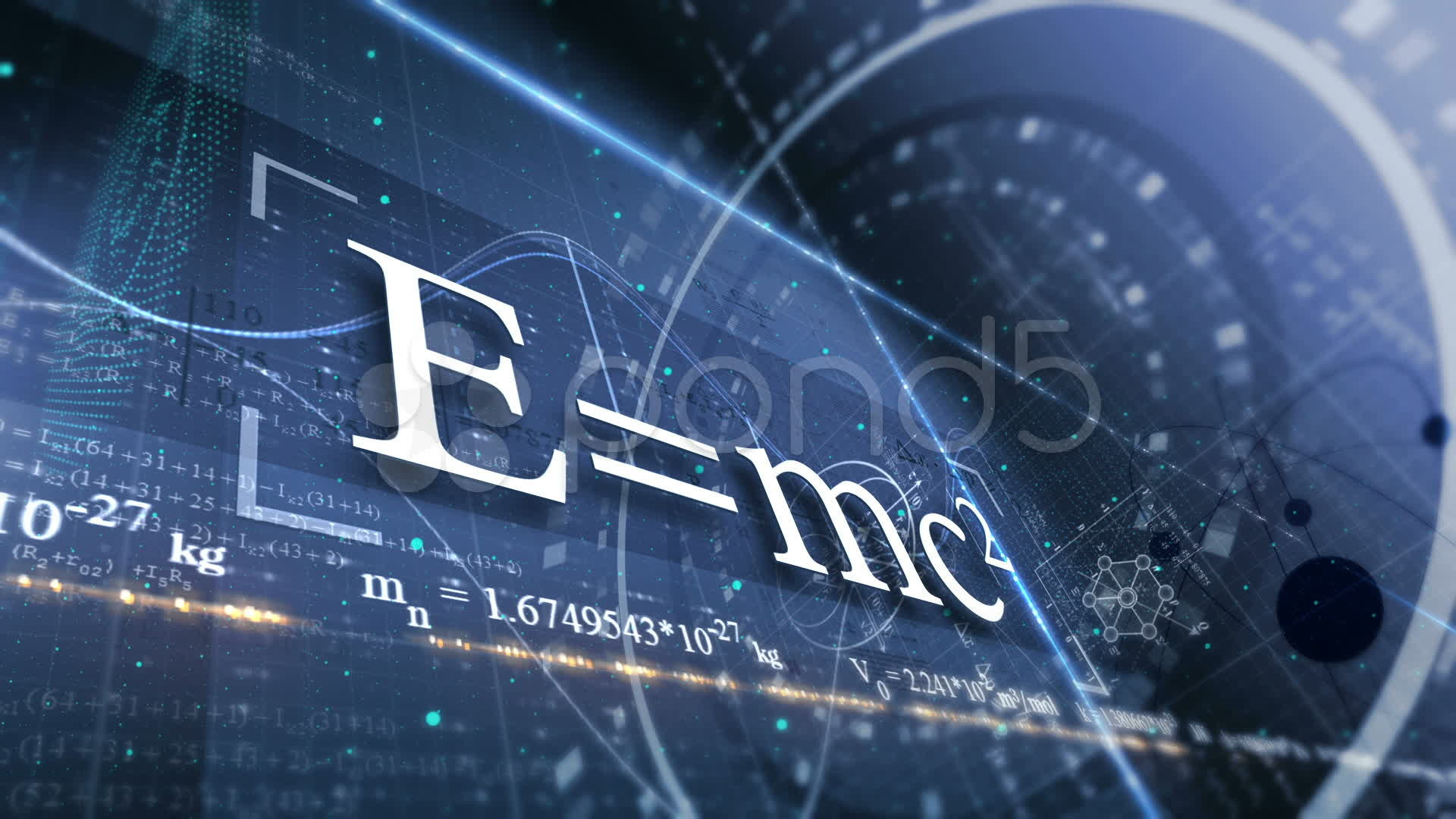Learning physics can sometimes feel like traversing a labyrinth without a map; each turn reveals new complexities, and without proper guidance, one can easily become lost. The intricate dance of particles and forces requires not just rote memorization but an understanding of how the universe unfurls its wonders. For students who find themselves in this bewildering maze—especially when their teachers may not provide the support or clarity needed—there are abundant resources to explore.
The burgeoning digital landscape offers a treasure trove of knowledge waiting to be unearthed. Online platforms, filled with videos, lectures, and interactive exercises, empower learners to unshackle themselves from conventional methods. Websites like Khan Academy and Coursera deliver comprehensive courses at no cost, allowing students to engage with physics at their own pace. These platforms serve as virtual mentors guiding students through the complexities of mechanics, thermodynamics, or electromagnetism.
Consider the vibrant community of physics enthusiasts that congregates in the digital realm. Forums such as Physics Stack Exchange enable aspiring physicists to pose their most perplexing questions and receive answers from knowledgeable peers and experts alike. Here, one can find solace in shared challenges and triumphs—the quintessential art of collaborative learning. Each interaction acts as a pebble tossed into a still pond, creating ripples of understanding that extend far beyond individual queries.
In tandem with community support, visual learning resources act as invaluable pedagogical tools. Platforms like YouTube boast channels dedicated to demystifying physics concepts through compelling storytelling and visually engaging experiments. Could there be anything more exhilarating than witnessing Newton’s laws come alive through an awe-inspiring demonstration? Channels such as Veritasium and MinutePhysics weave complex theories into digestible narratives, fostering an environment where curiosity leads exploration.
Nevertheless, harnessing the power of online learning necessitates self-discipline. It requires learners to adopt a proactive approach, seeking out resources, engaging deeply with material, and allocating committed time to study. The learner must become the captain of their own vessel, charting a course through the choppy waters of physics with intrepid determination. This self-driven journey may endow students with more than just knowledge; it cultivates resilience and fosters analytical thinking—attributes that transcend the classroom and permeate various aspects of life.
Moreover, science textbooks remain a cornerstone of physics education, historically revered for their depth and rigor. Classic tomes, such as “Fundamentals of Physics” by Halliday, Resnick, and Walker, provide immense detail, ensuring that foundational concepts are comprehensively explored. This written word acts as both a guide and a companion in intellectual odyssey across the landscapes of quantum mechanics and relativity. While some might find the density of textbooks daunting, a strategic approach—breaking the material into smaller, more digestible sections—can make this formidable task far more approachable.
In addition to traditional textbooks, the realm of online resources continues to expand its offerings, with e-books and study guides that cater specifically to visual and auditory learning preferences. Interactive simulations and virtual labs add exciting dimensions to physics education, as they allow learners to visualize complex phenomena that otherwise exist in the abstract. Websites like PhET Interactive Simulations facilitate this experiential learning, turning abstract concepts into interactive reality, thereby enhancing comprehension.
Beyond conventional learning resources, addressing the emotional aspects of studying physics is equally vital. Engaging with a subject often perceived as challenging or even daunting can lead to discouragement. To combat this, students are encouraged to cultivate a growth mindset. Embrace the idea that intelligence is not static but can be developed through persistence and hard work. Viewing mistakes not as shortcomings but as stepping stones towards mastery fosters an environment where learning becomes not just a task but an adventure—a journey through the uncharted lands of knowledge.
Moreover, podcasts dedicated to physics offer another innovative approach to learning. Subscribing to channels such as “The Infinite Monkey Cage” or “Physics Frontiers” presents an opportunity to absorb profound insights while multitasking—turning mundane commutes into enlightening experiences. Conversations between experts in the field can inspire curiosity and ignite a passion for the unknown, transforming passive listening into an active quest for understanding.
As students navigate their independent learning journeys, it is crucial to also keep in mind the role of mentorship outside the classroom. Engaging with local science clubs, attending workshops, or even pursuing internships can provide experiential learning opportunities that enrich one’s understanding of physics. These experiences often lead to unexpected insights and foster a deeper appreciation for what lies behind the theoretical concepts.
In the grand tapestry of knowledge, learning physics when conventional educational avenues falter can be both challenging and exhilarating. Embracing diverse resources—be it online courses, interactive platforms, forums, or podcasts—can transform the solitary struggle into a dynamic learning experience. As students chart their own paths, they not only seek to uncover the mysteries of the universe; they also cultivate resilience and passion. Each student’s journey through the maze of physics, tinted with curiosity and fueled by determination, may ultimately lead them to discover not only the laws governing the universe but also their own potential as lifelong learners.
